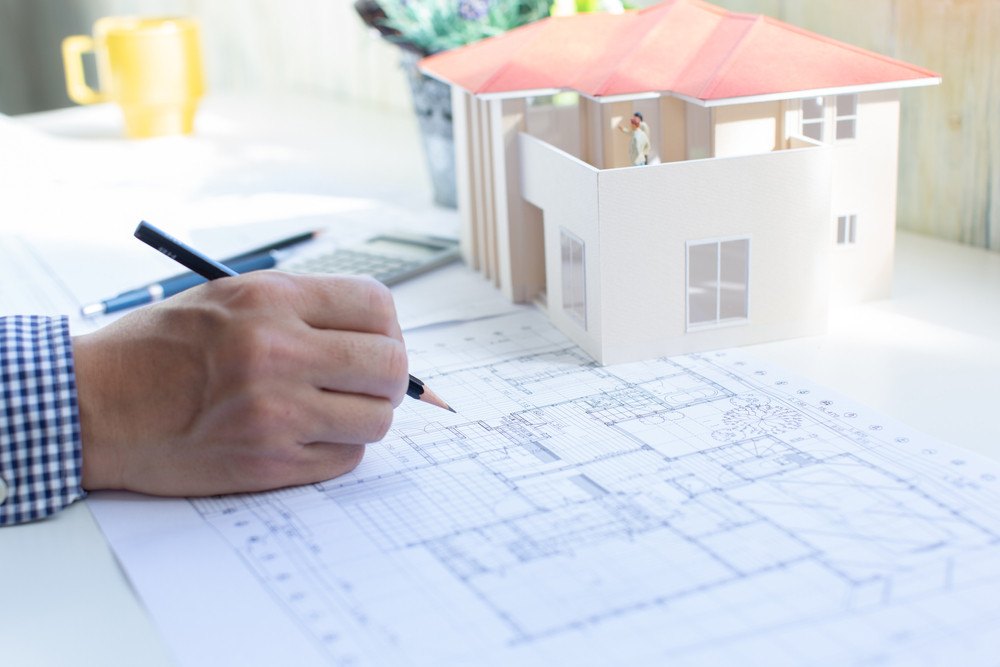Why CDA Architects Are Leaders in Architectural Style and Development
Why CDA Architects Are Leaders in Architectural Style and Development
Blog Article
Recognizing the Collaborative Refine Between Architects and Designers in Modern Construction Projects
The collaborative process in between engineers and engineers is necessary in contemporary building and construction jobs, as it harmonizes layout intent with engineering usefulness. Exploring these dynamics discloses insights that might substantially impact project results and total market requirements.
The Relevance of Cooperation
The collective harmony in between engineers and engineers is important for the successful realization of any kind of construction task. This collaboration combines distinct know-how and perspectives, enabling the integration of cutting-edge design with useful design services. By working together, engineers and engineers can ensure that a job not only fulfills visual and functional needs yet likewise complies with security, sustainability, and monetary restraints.
Collaboration promotes a shared vision, helping with the positioning of objectives and assumptions from the beginning. This placement is critical in addressing possible difficulties and mitigating risks that could develop during the task lifecycle. Furthermore, a collective strategy permits the efficient allocation of sources, enhancing both time and price.
The value of collaboration includes the iterative process of layout and building and construction, where feedback from designers can inform building decisions, leading to even more possible and lasting designs. On the other hand, architects can influence designers to think artistically concerning how to accomplish architectural honesty without compromising artistic intent. Eventually, the collective partnership between designers and engineers is not simply beneficial; it is essential to the development of top notch, functional, and innovative built environments that satisfy the requirements of culture.
Communication Strategies and Devices
Efficient communication methods and tools are vital for cultivating collaboration between architects and engineers throughout the task lifecycle. Establishing clear channels of communication is necessary to make certain that all staff member are straightened with job objectives, timelines, and duties. Regular conferences, both in-person and digital, offer possibilities for stakeholders to talk about progression, address worries, and make educated choices.

Additionally, adopting joint interaction tools, such as Slack or Microsoft Teams, permits for instant messaging, data sharing, and ongoing conversations, promoting a more active response to emerging problems. Paper monitoring systems additionally play an essential function in organizing project documents, making certain that all employee have access to the newest details.
Shared Objectives and Job Vision
A merged project vision serves as the foundation for successful cooperation between architects and engineers (cda architects). This common vision not only aligns the efforts of both celebrations however additionally establishes an usual structure for decision-making throughout the task's lifecycle. By verbalizing clear objectives, stakeholders can effectively browse the complexities of contemporary building and construction jobs, making certain that both visual and useful needs are fulfilled
Establishing common objectives includes open dialogue and a comprehensive understanding of each self-control's payments. Architects commonly focus on layout intent, spatial relationships, and individual experience, while engineers highlight architectural integrity, systems functionality, and conformity with regulations. When these viewpoints are straightened, the result is a natural project that abides by both creative ambitions and technical expediency.
Moreover, a well-defined project vision cultivates responsibility among staff member, urging each individual to take possession of their role in attaining the wanted outcome. Routine check-ins and collective workshops can additionally enhance this commitment, enabling for adjustments to be made as the task evolves. Inevitably, a common vision not just improves teamwork yet likewise elevates the top quality of the last deliverable, resulting in effective job completion.
The Role of Technology
Leveraging modern technology has become necessary in boosting partnership between architects and engineers. Structure Information Modeling (BIM) stands out as a pivotal technology, permitting both engineers and designers to develop detailed 3D designs that envelop layout intent and structural stability.
Furthermore, cloud-based platforms make it possible for seamless cooperation, allowing project stakeholders to access and update task information from anywhere. This promotes a culture of transparency and accountability, as changes can be tracked and assessed in real-time. In addition, mobile applications further boost interaction, offering on-site teams with instant accessibility to job specs and updates.
Emerging technologies such as expert system and maker discovering are likewise starting to play a function in predictive analysis, aiding teams recognize prospective concerns prior to they arise. Ultimately, the role of innovation in architecture-engineering partnership not just enhances workflow effectiveness however likewise improves innovation, bring about more successful project end view results. By embracing directory these technological innovations, engineers and engineers can ensure an extra cohesive and effective collaborative process throughout the building lifecycle.
Case Researches in Successful Partnerships
Numerous study show the extensive impact of efficient collaborations in between architects and engineers on job end results. One noteworthy instance is the cooperation on the High Line in New York City City, where landscape architects, engineers, and metropolitan coordinators interacted to change a deserted rail line into a vibrant public park. This multidisciplinary technique not just improved the visual top quality yet additionally guaranteed structural safety and environmental sustainability.

The Burj Khalifa in Dubai better demonstrates the relevance of joint efforts - cda architects. The assimilation of architecture and engineering proficiency allowed the task group to achieve unmatched elevations while sticking to safety policies and aesthetic vision
These instances highlight the relevance of communication, count on, and shared goals. In today's complicated building atmosphere, such collaborations are crucial to browsing obstacles and providing projects that meet both functional and visionary goals.
Conclusion
In verdict, the collaboration between engineers and designers is necessary for the success of modern building jobs. Reliable interaction techniques, a shared task vision, and the Look At This combination of sophisticated modern technologies are critical parts that facilitate this partnership.
Report this page